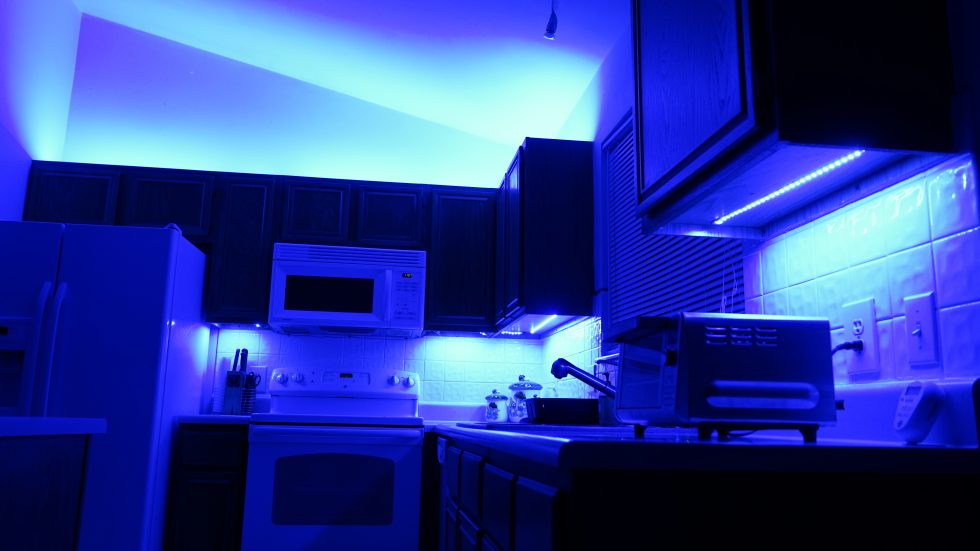1. Measure the distance under the cabinet, and confirm the power supply according to the length of the light bar.
2. Drill a hole at the top of the cabinet where the power supply is located.
3. Use a two-core power cord to connect your additional controller to the power source. Plug the power cord into the controller above the cabinet. Screw the power cord into the cabinet from the top, and then insert it into the terminal where the power cord on the other controller is located. You are using the terminals of the LED lighting controller under the cabinet to connect both controllers to the power source.
4. Adding a second controller to the led strip on the cabinet will allow you to control them and the LED strip under the cabinet independently of each other. You can use one controller to control two sets of lights. Just use the area buttons.
3. Use the double-sided foam pad to adhere the controller to the top of the cabinet.Insert the pigtail connector wire into the appropriate position on the controller and fix it in place. Clamp the other end of the connector at the beginning of the first led strip lights.
4. Extend the light bar to the end of the cabinet and cut it on the designated cutting line as close as possible to the end of the cabinet, but leave space to accommodate the optional interconnect jumper.
It is not necessary to use interconnect jumpers at each cabinet connection. You can simply run the zone across the junction.
6. Peel off the tape adhesive liner, and then clamp the interconnect jumper.
7. Paste the insert strip to the cabinet, and then clamp the other end of the interconnect jumper to the lower part of the insert strip. Repeat this process until you reach the corner cabinet. Just bend the slats to a 90-degree angle and continue the installation process until you reach the end of the cabinet.
